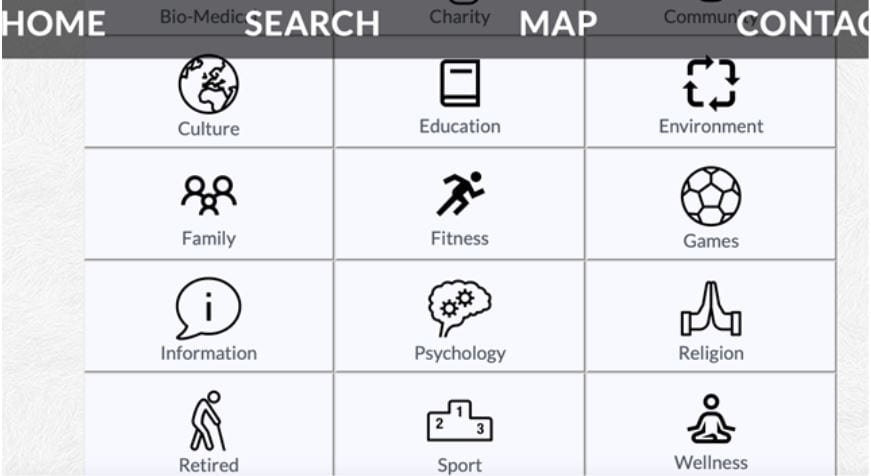“Iconographies for Retirement” – By Pauline Garvey
By paulinegarvey, on 31 October 2019
As part of the ASSA project, we are developing mHealth (mobile health) initiatives in order to address the needs of our populations. In our two field sites in Dublin we are engaged in developing social prescribing sites that can be accessed online, on smartphones, and as hard copies for those who are not comfortable with digital media.
Social prescribing is based on the recognition that a person’s health is improved by the degree she or he is embedded in social networks and cultural activities (see my blog December 2018). In many cases it involves a GP or counsellor writing a ‘prescription’ for a patient to attend a social activity that will embed a person in their community and enhance their health in mental, emotional and physical ways. In one pilot study, the Irish Health Service Executive described social prescribing as a service that:
“…helps to link you with sources of support and social activities within your community. Social Prescribing is for you if you feel that you need some support to mind your health and wellbeing, you feel isolated, stressed, anxious or depressed, you simply feel you need the service.”
This approach to health has been subject to quite a bit of media attention in Ireland this year and has been subject to several pilot studies nationally and internationally.[i] As part of this rising tide, there is now an annual international conference dedicated to social prescribing which is being developed in diverse countries from UK to the United States, Canada, the Netherlands, Singapore, and Finland.
The question for our team is firstly how can we develop a social prescribing site that enhances the lives of our research respondents? Secondly, how can an anthropological approach make a positive contribution to social prescribing more generally? Our approach is very much coloured by our methodology of anthropological ethnography and participant observation. This means that our insights emerge as the result of immersive participation in our field sites, building on the 16-month ethnographic fieldwork already completed. In developing a social prescribing website, we plan on continuing to work with our research respondents to understand how they use and engage with initiatives such as these.
The first issue emerged early when our informants expressed doubt about the iconography used to denote retirement.
For the people we work with, this icon seemed to capture an ageist expectation of what retirement should be rather than their actual experience of it. For example, one of my respondents jogged the 30 km home on the day he retired. Although this man’s level of fitness is not what I would describe as ‘average’, his perspective on remaining active is more in keeping with our respondents than the icon above (see figure 2).
As a result, we set about working with students from computer science in Maynooth University to create something more appropriate. As we work on developing iconography that better encapsulates the experience of our respondents, we realise that this is an ongoing iterative process that we will constantly revise as we launch our websites and work with our respondents in the years to come (see figure 1). Two alternative icons we are currently considering with respondents can be seen below.
Figure 3: Alternative retirement icons that we are currently considering with our research respondents.
References:
[i] https://www.irishtimes.com/life-and-style/health-family/what-is-social-prescribing-and-how-it-can-benefit-your-health-1.3840354
 Close
Close





